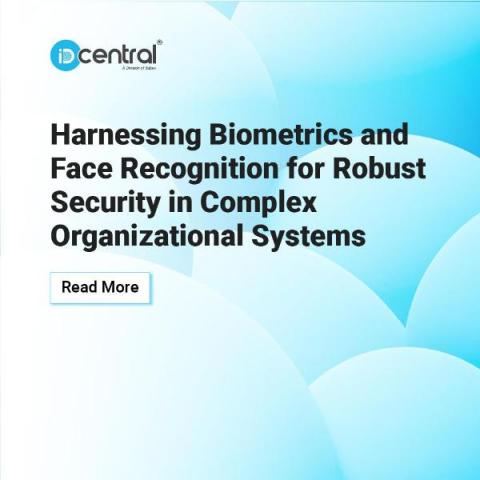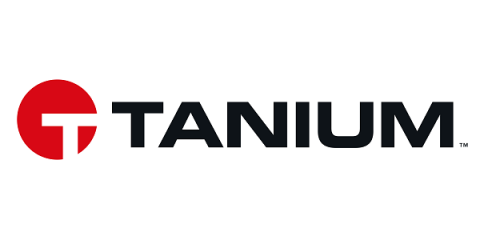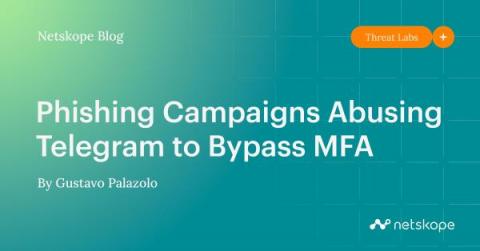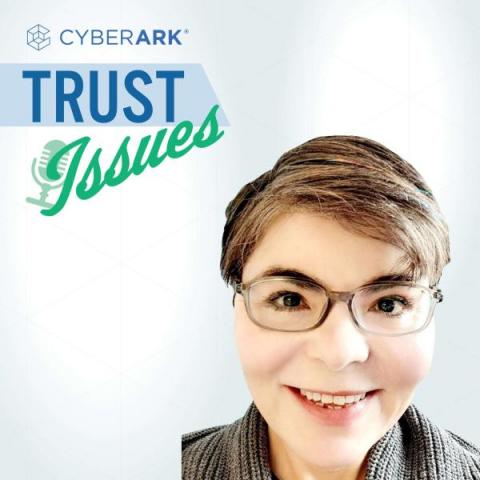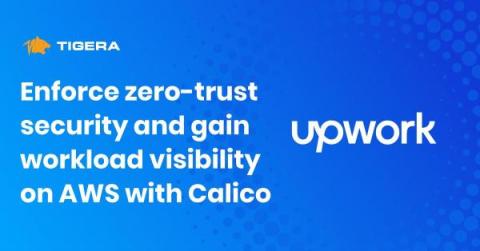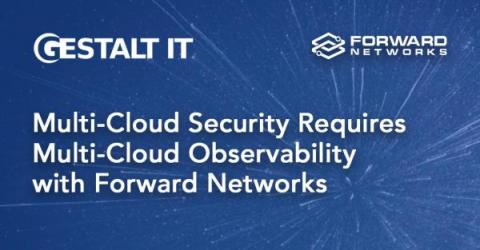Using the Set-ADUser Cmdlet to Modify Properties of Active Directory Users
Administrators have several options for managing the properties of Active Directory users. The Active Directory Users and Computers (ADUC) console is convenient for making a few basic changes, such as modifying a user’s description or office location. For more functionality, however, consider using PowerShell. This article illustrates how you can address many common use cases with the PowerShell cmdlet Set-ADUser.



